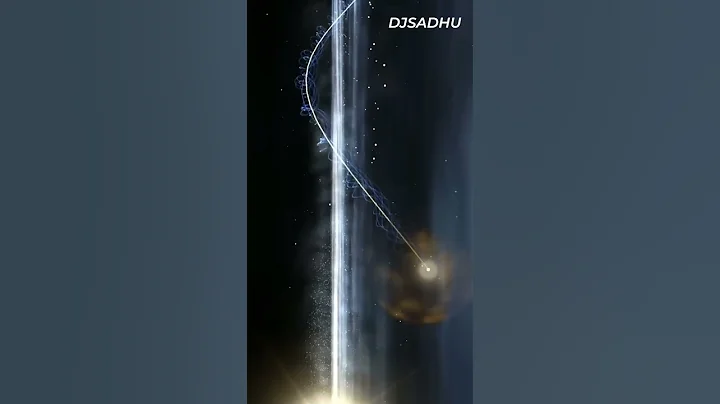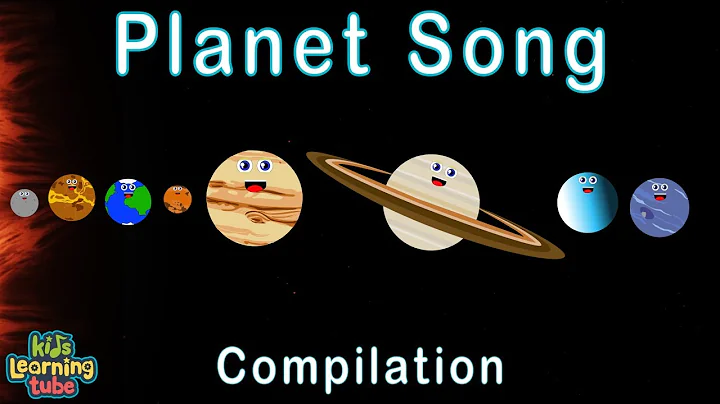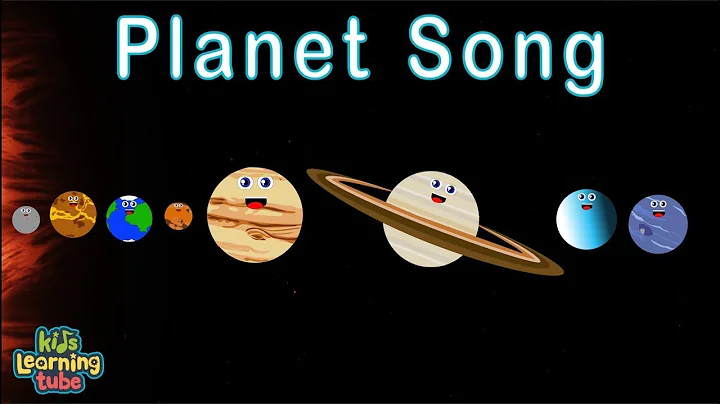Our solar system is located at the center of a relatively empty region in space. The particle density of this cavity is extremely low, at least 10 times lower than the average density of the interstellar medium in our Milky Way . This cavity is called a local bubble, Home to our sun and thousands of other nearby stars, Earth's location in the solar system is right at the center of the bubble's cavity.
How did we discover this bubble? How did it first form? Most importantly, when does the sun enter?

Actually, the shape of the local bubble is not spherical, so it is a bit inaccurate to call it a bubble. Instead, it appears to be an hourglass shape, narrowest on the galaxy plane and getting wider above and below the plane.
explains here what the Milky Way Plane is. The Milky Way Plane is the disk-shaped plane formed by the main mass of the Milky Way.
Additionally, the bubble appears to be open-ended and darting into the galactic halo in directions away from the galactic plane.
Let me explain what the Milky Way halo is. The Milky Way has three main components: the galactic disk, the silver core and the halo. Galactic Disk: The Galactic Disk is the main body of the galaxy, with a diameter of about 80,000 light-years. The Galactic Disk is mainly surrounded by four huge spiral arms and is composed of countless blue stars. The galactic core is the central bulge of the galaxy, which is a very bright spherical area. This area is composed of high-density stars. The halo refers to a spherical area scattered around the galactic disk.

The diameter of this bubble is about 1,000 light-years. At the boundary of the bubble, it is surrounded by cooler, denser and neutral gas and dust. Scientists have found that there are several stars in the edge area of the bubble, and some tunnels appear to be Branches from the local bubble travel through the surrounding dense gas and lead to other cavities. One can imagine these interconnected cavities and tunnels as similar to the pores we see in sponges.
In fact, there is a slightly smaller bubble structure on the periphery of the solar system, which is called the "heliospheric layer". The heliosphere is a structure produced when the high-energy particles released by the sun interact with the particles in interstellar space . After a certain distance away from the sun, the speed of high-energy particles from the sun will slowly stagnate, and they will continue to accumulate in a certain area, forming a barrier-like structure. This structure wraps the entire solar system and blocks high-energy particles in interstellar space. outer.

Local bubbles were discovered in the 1970s and 1980s using a combination of optical, radio and X-ray astronomy. However, for many years it remained unclear how this structure formed in the first place.
So, different tasks were launched to study the structure of the bubbles. This was the extreme ultraviolet detector mission conducted from 1992 to 2001, which examined thermal extreme ultraviolet sources within bubbles.

Later in February 2003, a small space observatory called the Cosmic Thermal Interstellar Plasma Spectrometer was launched. The mission lasted until 2008 and examined the source of hot gas within localized bubbles.
However, the most important milestone in studying this cosmic bubble was achieved in 2019, when researchers used Gaia data to create the first 3D map of a localized bubble.
Gaia is an ongoing project that aims to map the positions and movements of stars in the Milky Way with the highest accuracy. Its data have made a huge contribution to the understanding of the Milky Way. Gaia has also mapped stars within 650 light-years of the Sun. .
Gaia's observational data revealed some information about the bubbles, ultimately unraveling the mystery of their formation. The conclusion is that this may have been formed after a series of Type I or Type II supernovae explosions that occurred millions of years ago.

A supernova is one of the brightest and most energetic explosions in the universe. A Type I supernova occurs in the binary star system , where one of the stars is the white dwarf . The other star could be a red giant , a main sequence star like the sun , or even a white dwarf.
In such a binary star system, the white dwarf begins to attract the gas in the red giant's atmosphere through gravity, and most of the gas sucked in is hydrogen . When it reaches the surface of a hot white dwarf star, it will be quickly ignited, causing an explosion on the star's surface to form a Type I supernova.
In contrast, a Type II supernova is caused by the death of a massive star. When a star is unable to continue nuclear fusion in its core, (this is because hydrogen fuses into helium, and then helium fuses into carbon, and so on until its core begins to build up into iron, which can no longer If the fusion continues), it will eventually begin to collapse under its gravity.
As a result, the star's outer layers collapse inward in a fraction of a second at about 23% of the speed of light. Due to the degeneracy pressure of neutrons , which prevents the core from collapsing, the incoming outer layer rebounds back after colliding with the core, generating shock waves , which detonates into a Type II supernova.
In both cases, as the supernova expanded outward, it hit and compressed the material it expanded into, which resulted in the creation of dense knots of molecular gas in the interstellar medium. These dense regions further collapse under their gravity, forming young stars.

Simulations show that around 14.4 million years ago, an estimated 15 supernovae exploded over millions of years to form the localized bubbles we see today.
The current radius of this bubble is 538 light-years, and it is expanding outward at a speed of about 6.7 kilometers per second.
For the past 5 to 6 million years, the solar system has been traveling through this region occupied by localized bubbles.
Some theories suggest that when the first supernova exploded , a localized bubble was created and the sun was far away from the area.
About 5 million years ago, the Sun's orbit around the Milky Way brought it into this bubble. This is where the Sun is now, almost in the center of the bubble. It is possible that local bubbles are not the only voids in the Milky Way, and that the Milky Way is likely filled with such bubbles.
Detailed study of their location, size, shape and interactions can help us better understand star formation and the evolution of the Milky Way.
If you like this episode, please like and follow our channel to watch more Exploring the Universe series.














![The Planets of our Solar System Song [UPDATE] (featuring The Hoover Jam) - DayDayNews](https://i.ytimg.com/vi/RvfVTPYw-kA/hq720.jpg?sqp=-oaymwEcCNAFEJQDSFXyq4qpAw4IARUAAIhCGAFwAcABBg==&rs=AOn4CLBvJgW2mYdgSbxbjmdOgkt6NNektQ)






